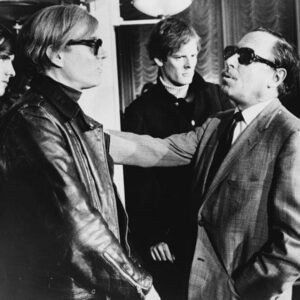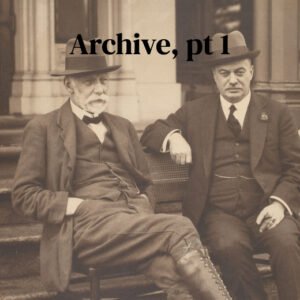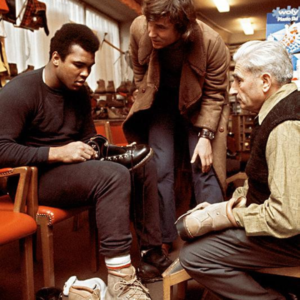Jack Kerouac, one of the central figures of the Beat Generation, revolutionized American literature with a writing technique that mirrored jazz improvisation and raw human emotion: spontaneous prose. While he is widely known for his novel On the Road, it was his method, as much as his message, that changed the rules of literary storytelling.
Kerouac developed spontaneous prose as a response to what he saw as the over-polished nature of conventional writing. Influenced by jazz rhythms, Buddhist thought, and stream-of-consciousness techniques, his goal was to write as quickly and authentically as possible, capturing the immediacy of thought and emotion without interruption. In his 1953 essay, Essentials of Spontaneous Prose, Kerouac laid out his theory of “first thought, best thought”, urging writers to avoid revision, to write in bursts of energy, and to trust the flow of their subconscious (Kerouac, 1992).
His most famous work, On the Road (1957), was written in just three weeks on a single scroll of taped-together paper, roughly 120 feet long. The book itself reflects the urgency of his style: there are few paragraph breaks, almost no chapter divisions, and a rhythm that mirrors the unfolding of real-life experience. Kerouac didn’t just describe road trips, he made the reader feel like they were in the back seat, riding alongside his restless, jazz-loving, freedom-hungry characters.
Critics were initially divided on this approach. Some considered it sloppy or unrefined, while others praised it for its honesty, momentum, and spirit. Over time, his technique became an inspiration for later generations of writers, poets, and musicians, including Bob Dylan and Patti Smith.
Kerouac’s prose style was not just a gimmick, it was a reflection of his worldview. He believed in living fully in the moment, capturing beauty in the mundane, and expressing truth without filter. His work remains a bold reminder that sometimes, the most powerful art comes not from meticulous planning, but from letting go.
References
Kerouac, J. (1992). Essentials of spontaneous prose. In A. Charters (Ed.), The Portable Jack Kerouac (pp. 482–484). Penguin Books.
Kerouac, J. (1957). On the road. Viking Press.
Picture references from our social media
Wikimedia Commons. (1943). Crew Cut, Jack Kerouac, 1943 [Photograph]. https://commons.wikimedia.org/wiki/File:Crew_Cut,_Jack_Kerouac,_1943.jpg
Wikimedia Commons. (n.d.). Kerouac by Palumbo (cropped) [Photograph]. https://commons.wikimedia.org/wiki/File:Kerouac_by_Palumbo_2_(cropped).png
Wikimedia Commons. (1957). On the Road (1957) dust jacket, first edition (cropped) [Image]. https://commons.wikimedia.org/wiki/File:On_the_Road_(1957)_dust_jacket,_first_edition_(cropped).jpg




